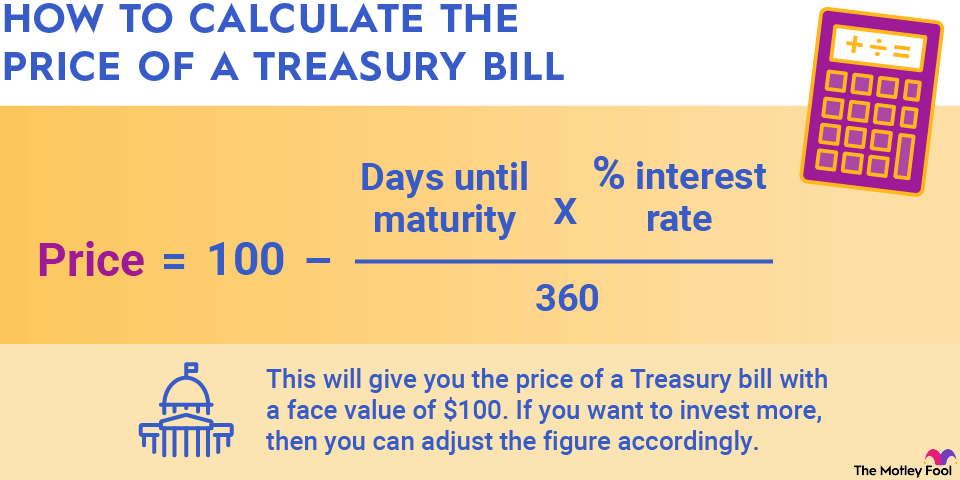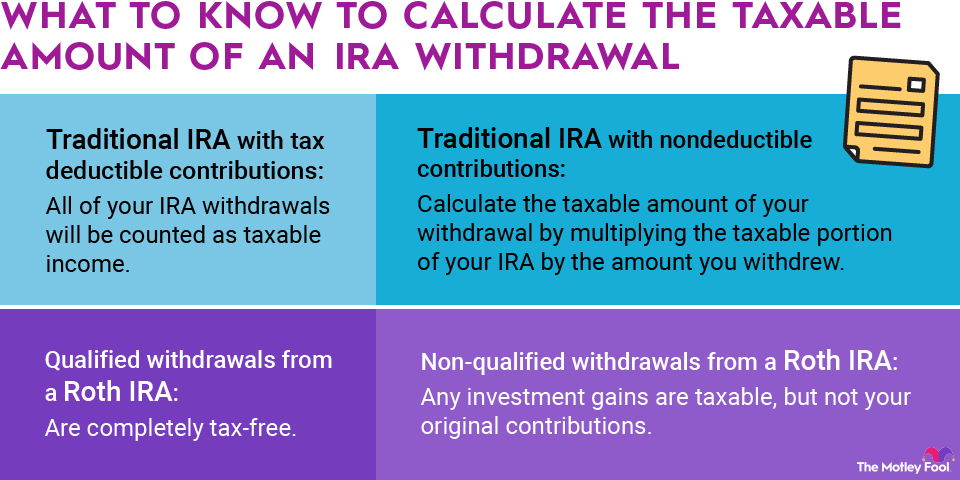The provision for income taxes on an income statement is the amount of income taxes a company estimates it will pay in a given year. Typically, this is represented quarterly with each earnings report on the company's income statement. Income taxes are paid annually, but businesses will generally pay their estimated tax quarterly.

The final, exact income tax figure is calculated annually, and the company's final tax bill may be slightly more or less than the estimated payments made throughout the year. This is similar to estimated tax withholdings paid from an individual's paycheck each month. At tax time in April, the individual will either write one final check or receive a refund to balance withholdings with the actual income taxes due.
How companies do it vs. what matters to investors
The process for actually calculating estimated income taxes can be quite complex and requires a team of accountants. The generally accepted accounting principles (GAAP) accounting rules that dictate how a company should report its financials to investors vary from the tax accounting rules required to calculate taxable income. Because of this -- and the overwhelming complexity of corporate accounting rules, in general -- the typical investor shouldn't worry about the methods and processes that accountants use to come up with the provision for income taxes.
Instead, investors should focus on how much the company is actually paying each year and how that amount compares with the company's competitors. Company management has a fiduciary responsibility to maximize shareholder value; in this case, that means paying the proper taxes due to the government without paying too much.
Investors can find the income tax information at the bottom of the income statement each quarter and in the annual report. Typically, the "Management Discussion and Analysis" section will also include a paragraph or two explaining the company's effective tax rate and taxes paid.
Corporate tax loopholes
Every so often, a company will make a business decision largely driven by a tax strategy. A tech giant may have run a significant portion of its business through a shell company located in Ireland in order to take advantage of that country's low tax rate. Businesses may be incorporated offshore. A company may acquire a rival and move its headquarters as part of the deal, all as a scheme to take advantage of lower tax rates in the rival's country. That strategy is called a "tax inversion."
The government has cracked down on many of these techniques -- Ireland closed the so-called "Double Irish Loophole" in 2014 -- but companies will and should consider finding new, legal ways to lower their tax rates. The key is for management to maintain an open, honest, and ethical relationship with the IRS, stay within the law, and then implement tactics and strategies to minimize taxes. Every dollar saved in taxes is a dollar more in profits.


















